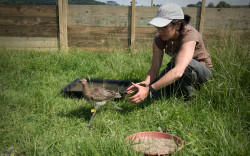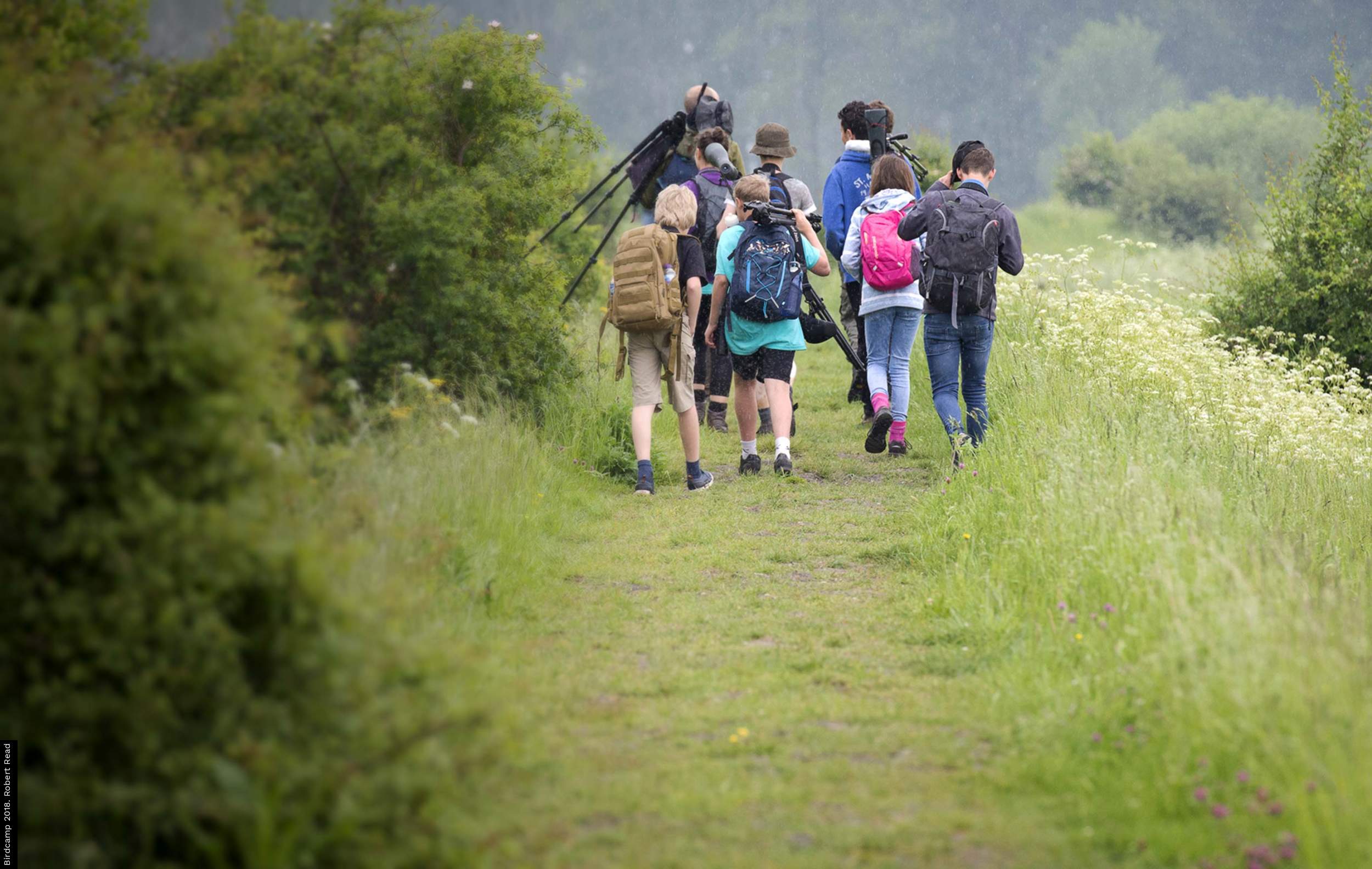BTO Conference 2021: Session 3 Wondrous Waders

- Presenter
- Sam Franks, Owen Williams & Richard du Feu
- Date
- Wednesday, December 1, 2021 - 14:00 to 15:30
- Places
- Fully booked
Session 3 of the BTO Conference includes talks on Curlew by Sam Franks, Owen Williams talking about Woodcock Ringing and Richard du Feu talking about the Altcar Knot project.
The talk will be held online using Zoom.
Headstarting as a conservation tool for Eurasian Curlew: lessons learned after 5 years
Sam Franks
The Eurasian Curlew was added to the UK Red List in 2015, following losses of nearly half their breeding numbers over the preceding 20 years. Poor breeding success has been implicated as the primary driver of declines. Together with habitat and predator management interventions, ‘headstarting’ – whereby eggs are collected from wild-nesting birds early in incubation and are reared through to fledging in captivity – has recently been considered as a potential conservation tool to bolster small populations of breeding Curlew. It has been five years since the first UK headstarting project was trialled, and this talk will examine what we have learned so far.
Sam is a senior research ecologist in BTO's Wetland & Marine Team leading various projects on Curlew, including BTO's role in a partnership project headstarting Curlew in Eastern England.
Woodcock Ringing, a New Era
Owen Williams
Due to the secretive and largely nocturnal nature of woodcock, study of the species through ringing was restricted until the formation of the Woodcock Network in 2008. Their goal was to encourage greater participation in ringing by sharing knowledge of the dedicated skills and equipment required to catch woodcock on fields at night. The result of this initiative has seen a significant increase in the numbers ringed from a few dozen a year to over 1800. This talk looks at what this new era of woodcock ringing and tagging is teaching us about the species.
Owen is Director of the Woodcock Network. Our UK woodcock research, headed by the Game and Wildlife Conservation Trust, is part of a wider International collaboration under the ‘Woodcock and Snipe Specialist Group’ supported by the IUCN and Wetland International and engages with ecologists working in other parts of the species’ breeding and wintering ranges. The Woodcock Network’s facebook page has facilitated contact with ringers as far away as Japan where there are now several enthusiasts catching and ringing woodcock.
Why Knot?
Richard du Feu
A brief look at what intensive observation of colour ringed Knot in the north-west by a small group of dedicated observers can tell us about likely breeding success in the Arctic, movements within the UK, Iceland and Norway and what we want to find out in the coming years.
Richard has been ringing birds for most of his life with particular interests in long term data sets and waders. His interest in the movements of Knot was sparked when the first one he handled had been ringed 1,000km and 10 days before in Hungary. Since moving to Lancaster Richard has spent many hours looking for colour rings on waders in Morecambe Bay so when a project to mark Knot locally was first discussed he jumped at the chance to be involved.



Share this page